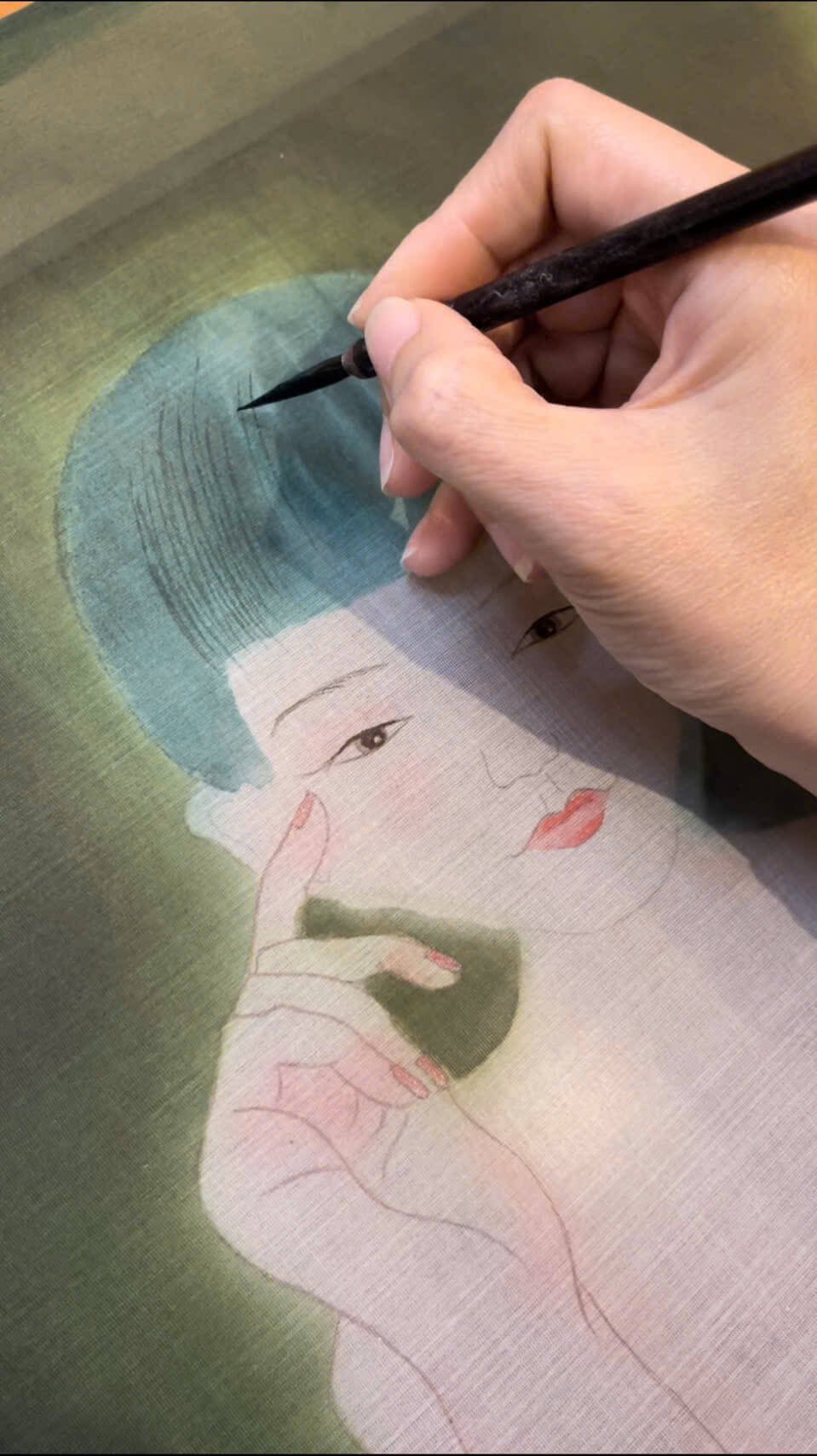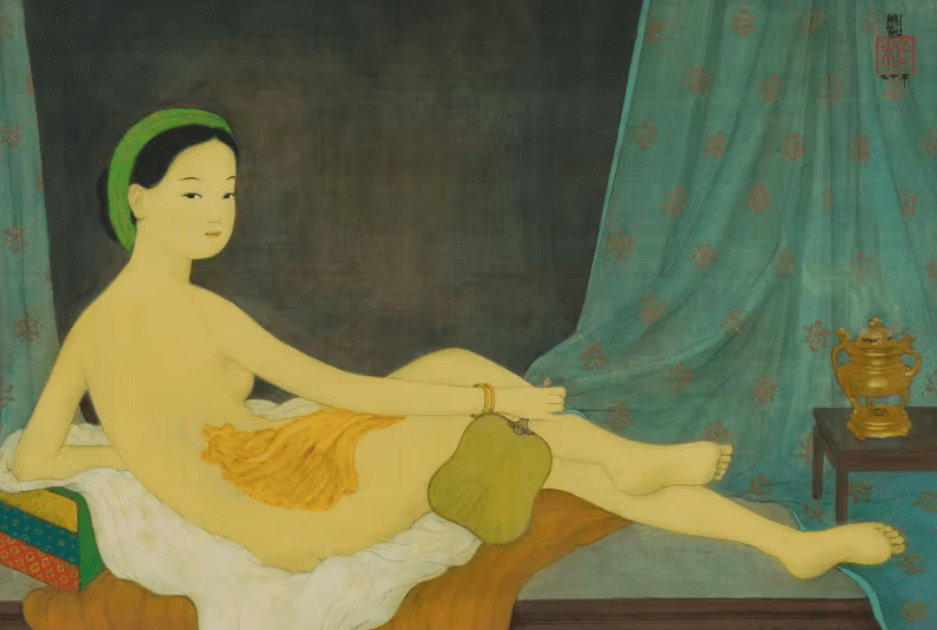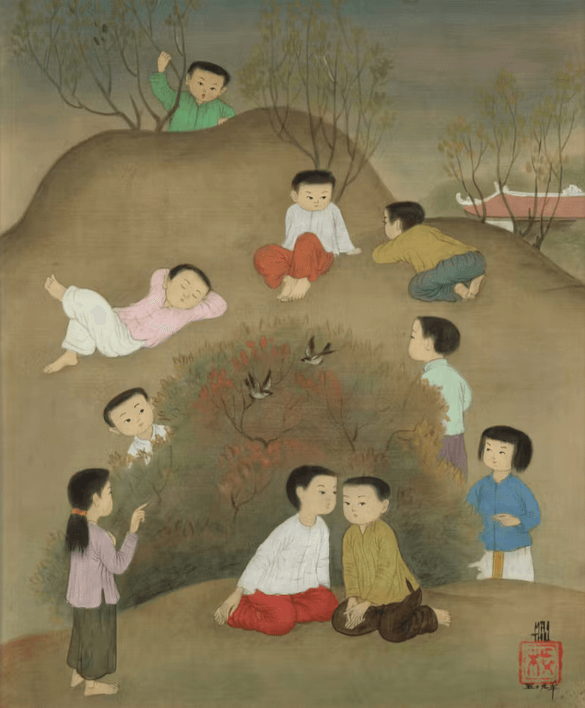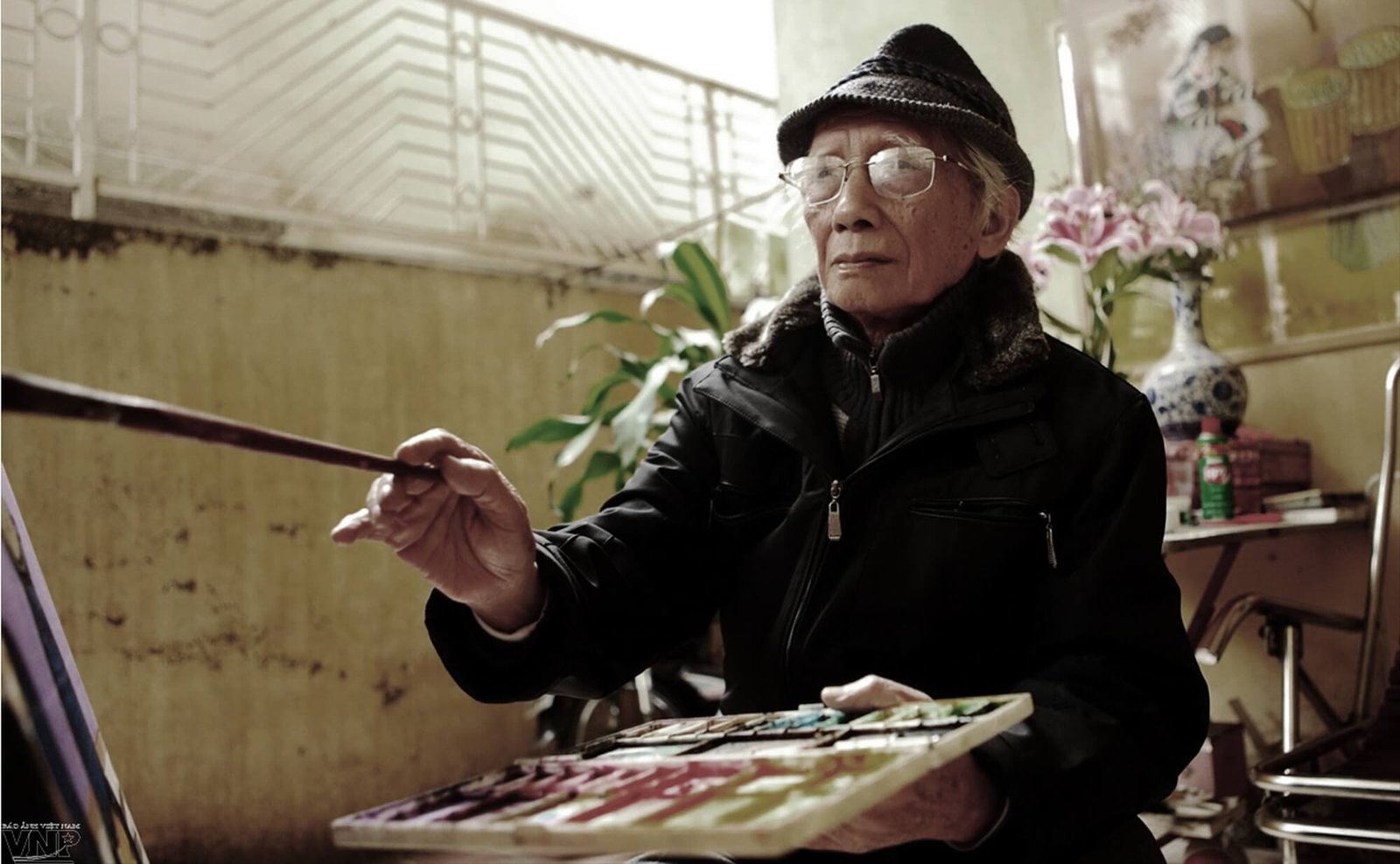Silk painting is one of the most exquisite and challenging forms of artistic expression. Rooted in ancient traditions, it has evolved into a highly sought-after medium, prized for its delicate beauty and the skill required to master it. Despite its fragility, silk remains an investment-worthy material due to its historical significance, cultural value, and the sheer craftsmanship involved in its creation. Let’s delve into the artistic and financial worth of silk paintings, shedding light on why this unique medium continues to captivate collectors and connoisseurs worldwide.
_____________________________________________________________________________________________________________________________________
The Challenges of Silk Painting
Unlike canvas or paper, silk presents a series of intricate challenges that demand precision, patience, and expertise. The fabric’s absorbency makes it difficult to control pigment flow, often leading to unexpected results. Unlike other surfaces where mistakes can be corrected, silk does not easily allow for alterations, forcing artists to carefully plan each stroke. Furthermore, its delicate nature means that improper handling can lead to wrinkles, stretching, or even tearing, adding to the difficulty of working with it.

In addition to the technical constraints, the process of setting colors on silk is complex. Traditional methods such as steaming or chemical treatments are necessary to ensure longevity and vibrancy. These extra steps not only make silk painting more labor-intensive but also contribute to its exclusivity. It is precisely these challenges that make silk paintings a true test of artistic skill, enhancing their desirability and value in the art market.
Cultural and Historical Significance
Silk painting has a deep-rooted cultural heritage, particularly in East Asian art. China, Japan, and Vietnam have long embraced silk as a canvas for storytelling, religious art, and decorative works. From intricate depictions of nature and mythology to poetic landscapes, silk paintings have been integral to preserving cultural narratives and artistic traditions.

In Chinese art, silk was historically used by scholars and court painters, symbolizing refinement and intellectual pursuit. Similarly, in Japan, silk paintings were often found in traditional scrolls and folding screens, playing a crucial role in aesthetic and spiritual expression. In Vietnam, silk painting has flourished as a distinctive genre, blending influences from Eastern and Western techniques while retaining its delicate and ethereal quality.
The association of silk painting with aristocracy and high culture has contributed to its prestige. The meticulous craftsmanship required to produce a silk painting reflects the dedication and mastery of the artist, making these artworks highly esteemed both historically and in contemporary times.
Why Silk Paintings Are a Valuable Investment
1. Rare and Luxurious Material
One of the key reasons silk paintings are considered an excellent investment is the rarity of the material. Silk production is a labor-intensive process, requiring careful cultivation of silkworms, harvesting fine fibers, and weaving them into smooth, high-quality fabric. High-grade silk suitable for painting is even rarer, as it must be tightly woven, flawless, and capable of holding pigments without distortion.

The exclusivity of silk as a painting surface adds to the value of the finished artwork. Unlike mass-produced canvases, each piece of silk used in art carries with it an element of craftsmanship and scarcity, making silk paintings inherently valuable.
2. The True Test of an Artist’s Skill
Because silk is an unforgiving medium, only highly skilled artists can truly master it. The difficulty in controlling brushstrokes, color saturation, and composition requires years of practice. Unlike oil or acrylic painting, where layering and corrections are possible, silk demands precision from the very first stroke. This level of expertise elevates silk paintings above many other forms of art, making them a true testament to an artist’s talent and discipline.

Collectors and investors recognize the mastery required to create a silk painting, often seeking out works by renowned artists who have perfected the technique. This demand further drives up the value of silk paintings, positioning them as an elite form of artistic expression.
3. Cultural and Artistic Legacy
Silk paintings are not just beautiful artworks; they are embodiments of cultural history and artistic lineage. Many silk paintings carry themes of tradition, mythology, and spiritual symbolism, making them deeply meaningful. Owning a silk painting is akin to preserving a piece of history, connecting the past with the present.

In recent years, there has been a resurgence of interest in traditional art forms, with museums, galleries, and private collectors actively seeking silk paintings to add to their collections. As the appreciation for heritage art grows, so does the investment potential of silk paintings, ensuring their relevance in the global art market.
4. Appreciation Over Time
Due to the craftsmanship involved and the delicate nature of silk, well-preserved silk paintings become more valuable over time. Unlike mass-produced art, each silk painting is a one-of-a-kind piece, ensuring that its worth appreciates as demand increases.

Moreover, as contemporary artists continue to innovate within the medium, blending traditional techniques with modern influences, the appeal of silk paintings broadens. This fusion of old and new makes silk paintings highly collectible, securing their place in the high-end art market.
Caring for Silk Paintings
Given their delicate nature, proper preservation is crucial in maintaining the value of silk paintings. Exposure to direct sunlight, humidity, or improper framing can lead to deterioration. Collectors must take special care in storing and displaying these artworks to ensure their longevity.
Using UV-protective glass, controlled environments, and professional restoration services can help maintain the vibrancy and structural integrity of silk paintings. By investing in proper care, collectors not only protect their assets but also contribute to the preservation of an art form that has withstood centuries.
Conclusion: The Timeless Allure of Silk Painting
Silk painting is more than just a medium; it is a celebration of artistic skill, cultural heritage, and refined craftsmanship. The combination of delicate material, historical significance, and the mastery required to create silk paintings makes them highly valuable in both artistic and financial terms. As an investment, silk paintings hold their worth due to their rarity, timeless appeal, and increasing appreciation in the art world.
For collectors, artists, and art enthusiasts alike, silk paintings represent not only a work of beauty but also a testament to human creativity and resilience. Whether displayed in galleries, private collections, or museums, these artworks continue to captivate, inspire, and appreciate in value, securing their place as one of the most prestigious forms of fine art.


